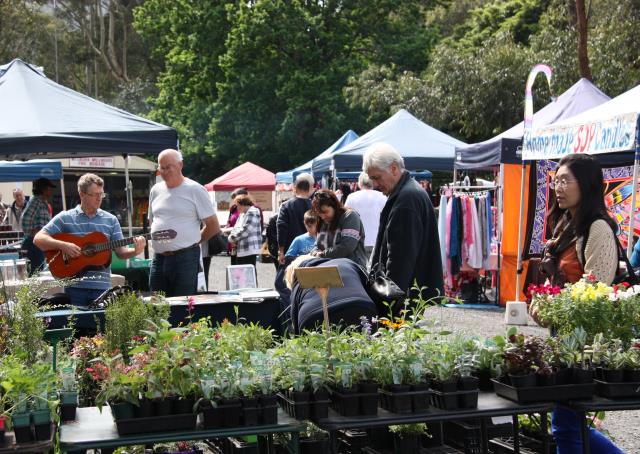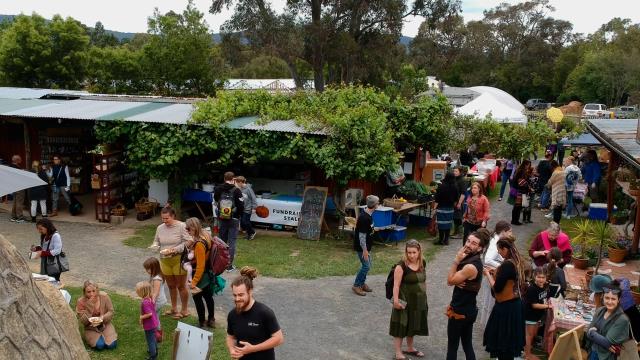A review of Family Tree by John Pyke and Ronojoy Ghosh
With Season 13 of the documentary reality genealogy series Who Do You Think You Are? recently starting on SBS, it’s time to revisit Family Tree, the book selected for this year’s National Simultaneous Storytime.
Each year in May, a picture book created by Australian artists is chosen by the Australian Library and Information Association (ALIA) to be read simultaneously in libraries, schools, homes and children’s facilities all over the country and beyond.
The event promotes the value and fun of books in communities. This year, there were 2,18,347 registered participants from 59,038 locations in Australia and overseas Family Tree was written by Josh Pyke, illustrated by Ronojoy Ghosh, and published by Scholastic Australia. The first-person narrator is a gum tree.
As it grew, so did the notion of a family: “It started with a seed, and that seed was me… Seasons came and went, feast and famine, drought and storms. Laughter, tears, silence, song. Our roots dug deeper. Our roots grew strong.”
A family is much more than a gathering of people. As the “red bricks were laid…the walls climbed to meet a red roof with a chimney on top”, a house became a home when it was filled with laughter and “little hands reaching higher and higher.”
Then, one day, the family tree was outgrown: “My own seeds, too, caught the wind to fly from my boughs, and dance upon the air, to settle in lands I wouldn’t see and couldn’t know. Forever away. Forever my own.”
As families continued to expand, next generations were born, new relationships formed and fresh connections made. Thus communities were established.
In turn, each family became stronger: “I reached my branches toward the sun so that they could climb higher. Ever higher. And they did. They climbed all the way to the sky.”
That’s the beauty of the full circle of life, with new seeds being generated and growing to become new family trees spreading love and joy throughout communities.
Each generation leaves its mark on a family in the same way that little hands make carvings on a tree.
In an interview, Ghosh explained how he saw the words of Pyke’s story in his mind’s eye: “I have a very big eucalyptus tree growing in front of my house, and it drops really big branches on my roof and I get very scared at night, but I love that tree also.”
That tree is part of Ghosh’s lived experiences. While his family is originally from India, he has lived in Indonesia, Singapore, New Zealand and Australia. That multicultural background is vividly reflected in his illustrations.
In Ghosh’s words: “When my son was born, my wife and I wanted to give him a place to call home. We wanted to give him roots so he can come back home. So the book was very reflective of my own life, my own family tree – it really resonated with me.”
Family Tree is definitely a book where we can see ourselves and our families.







